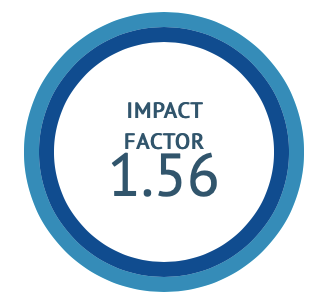Comparative anti-inflammatory potential of ingredients of Purandara Vati and Shwasakuthar Rasa: A preclinical evidence based portrayal
DOI:
https://doi.org/10.47552/ijam.v16i2.5388Keywords:
Asthma, Inflammation, Purandara Vati, Shwaskuthar rasaAbstract
Asthma is a multifaceted, long-term inflammatory disease linked to tissue remodelling of the airway structure and hyper-responsiveness of the airways. The goal is to get the best asthma control possible while using the least amount of medication. It has been reported that oral consumption of corticosteroids increases the chances of osteoporosis, bone fractures, cataracts, pneumonia, opportunistic lung infections, diabetes, and obesity in those with asthma. Inhaled corticosteroids have also been linked to an increased risk of cataract development, respiratory infections, and BMD loss in asthmatic patients. Aspirin and NSAIDs have enormous side effects, such as hyperacidity and gastrointestinal disturbances, so long-term use of these medications is not recommended. Therefore, medications with few adverse effects and strong anti-inflammatory and asthmatic effects are needed to treat inflammatory disease. Shwasakuthara rasa and Purandara Vati are two well-known formulations for management of asthma with quite similar ingredients and can be therapeutically implemented as anti-inflammatory formulation. This article delineates preclinical evidences for anti-inflammatory potential Shwaskuthara rasa and Purandara Vati.
Downloads
Published
How to Cite
Issue
Section
License
Copyright (c) 2025 International Journal of Ayurvedic Medicine

This work is licensed under a Creative Commons Attribution-NonCommercial-ShareAlike 4.0 International License.
The author hereby transfers, assigns, or conveys all copyright ownership to the International Journal of Ayurvedic Medicine (IJAM). By this transfer, the article becomes the property of the IJAM and may not be published elsewhere without written permission from the IJAM.
This transfer of copyright also implies transfer of rights for printed, electronic, microfilm, and facsimile publication. No royalty or other monetary compensation will be received for transferring the copyright of the article to the IJAM.
The IJAM, in turn, grants each author the right to republish the article in any book for which he or she is the author or editor, without paying royalties to the IJAM, subject to the express conditions that (a) the author notify IJAM in advance in writing of this republication and (b) a credit line attributes the original publication to IJAM.




